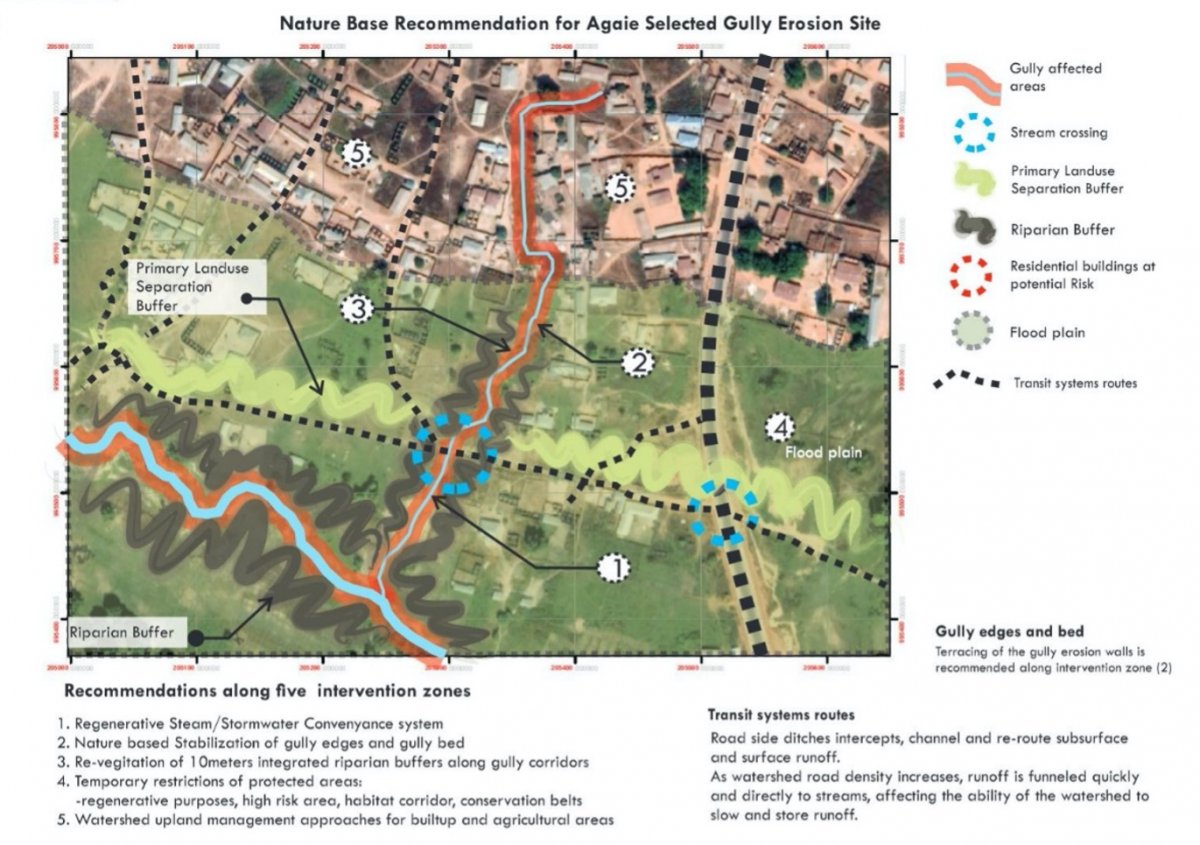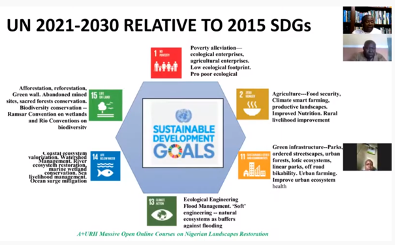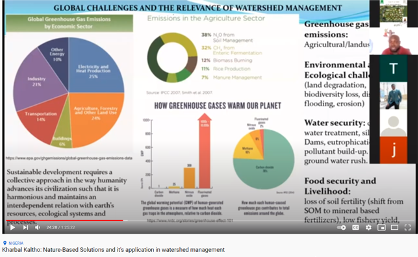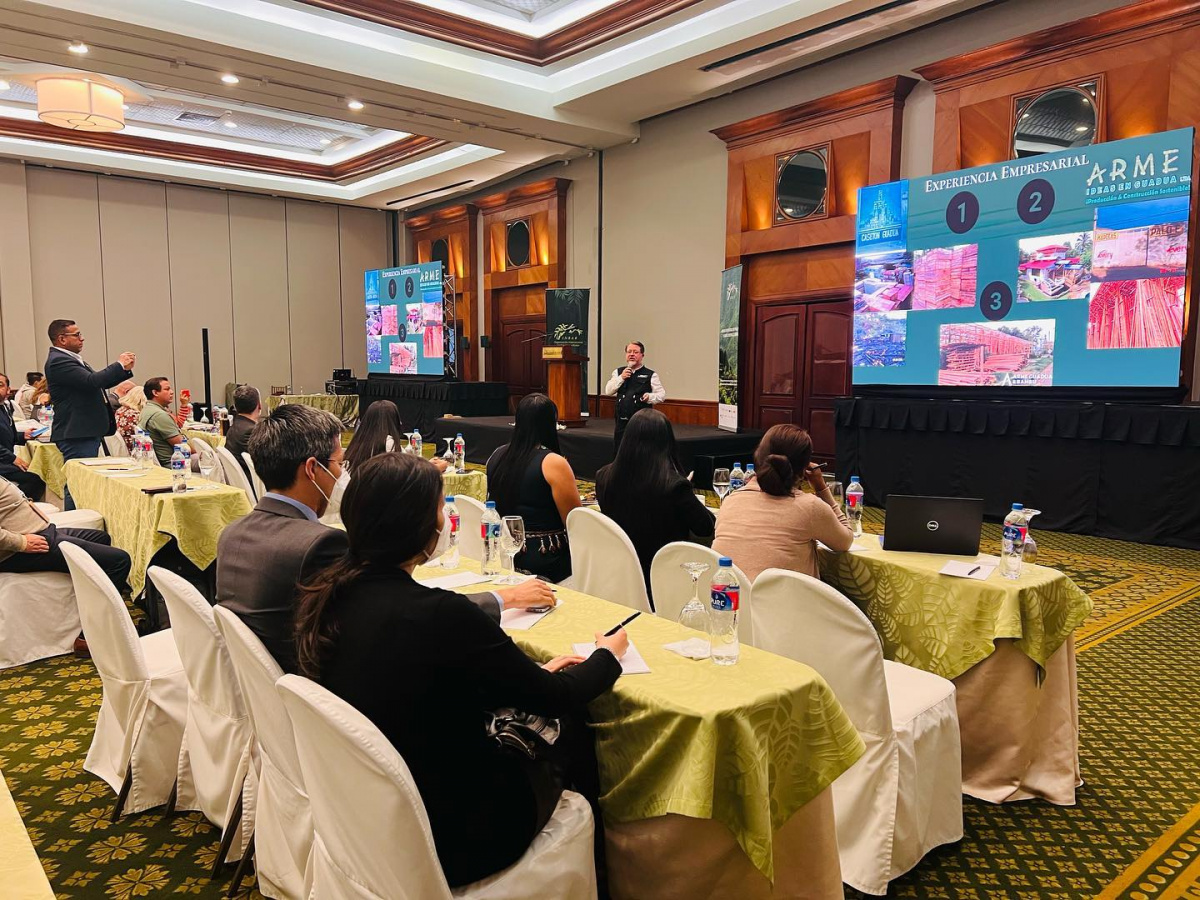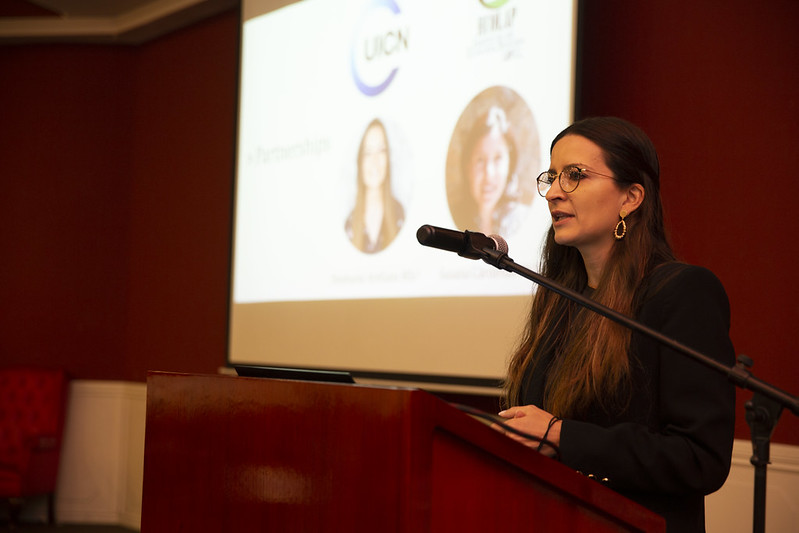Landscape architects combating ecosystem degradation
CEESP News by Tobiloba Akibo, Tunji Adejumo, Kharbal James Kaltho (CEESP-member) & Ibrahim Bala Girku *
The Society of Landscape Architects in Nigeria (SLAN) launced a lecture series with the theme “UN Decade of Ecological Restoration,” discussing ways landscape architects can and are combating ecosystem degradation, reviewing best practices, lessons learned and tools used.
The Society of Landscape Architects in Nigeria (SLAN) - in collaboration with International Federation of Landscape Architects, Africa (IFLA Africa) - recently launched a series of lectures geared towards addressing the decade of UN ecological restoration and the prospects for Nigerian landscape architects. The series focuses on discussing ways landscape architects can and are combating ecosystem degradation, reviewing best practices, lessons learned, and tools used.
The first lecture, facilitated by Dr Tunji Adejumo, was an introduction to what the UN ecological restoration goals are and how landscape architects can provide solutions in different capacities, from urban landscape restoration to urban open spaces, forest landscape restoration, food security, agricultural land restoration, river restoration, wetlands stabilization, flood risk management, etc.
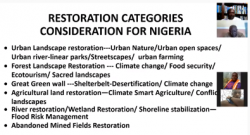 Photo: Tunji Adejumo
Photo: Tunji Adejumo
During the 2nd lecture, Kharbal James Kaltho talked about Nature-based Solutions and their applications in watershed management, highlighting the different ways landscape conservation best management practices can be applied in agricultural watersheds to improve water quality, reduce siltation from agricultural land-use practices, mitigate flooding, stream banked erosion, promote denitrification and improve soil organic matter. His talk highlighted the role agricultural plays in the global climate change discussions, owing to its huge contribution of greenhouse gases through land use change and the unsustainable use of nitrogen based fertilizers, mainly nitrogen, phosphorus, and potassium (NPK) as opposed to building natural soil organic matter
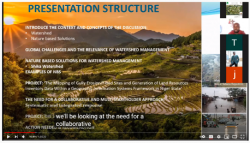 Photo: Kharbal Kaltho
Photo: Kharbal Kaltho
Many innovative ways were highlighted on how we can prevent, halt and reverse ecosystem degradation in regional agricultural landscapes. The lecture ended with a call to challenge landscape architects to focus on regional landscape issues for the protection and revival of our ecosystems.
As part of SLAN's goal of public enlightenment on environmental stewardship, and the drive to systematically address social challenges, the lecture series was made public with good attendance and with the recordings published on the SLAN YouTube page and other social media platforms.
| Link to the first lecture facilitated by Dr Tunji Adejumo | Link to the second lecture facilitated by Kharbal Kaltho |
* Tobiloba Akibo1, Tunji Adejumo2, Kharbal James Kaltho (CEESP-member)3 & Ibrahim Bala Girku4
Kharbal James Kaltho, International Federation of Landscape Architect (IFLA) Africa Chair on Communications and External relations (CER) and a member of IUCN CEESP
